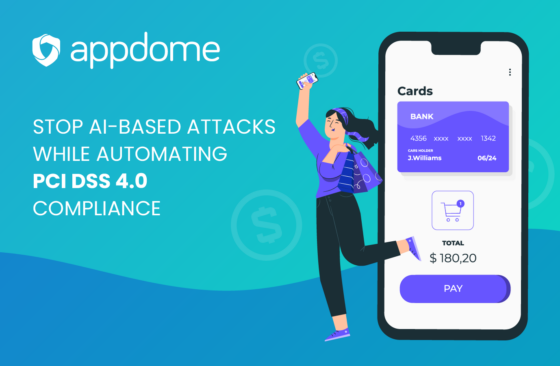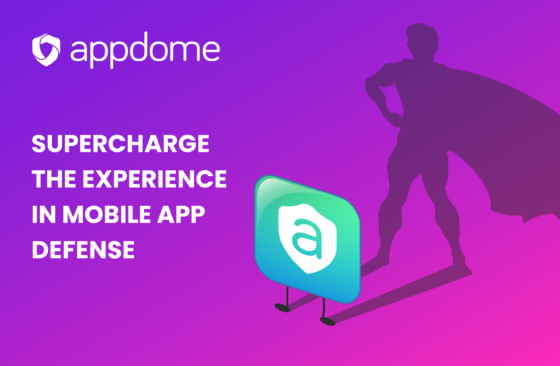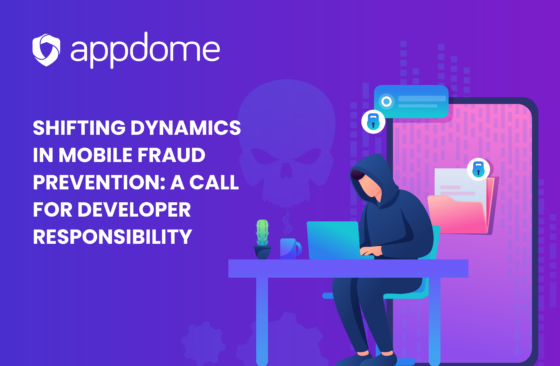Mobile app obfuscation is one of the best defenses to prevent reverse engineering of Android and iOS apps to thwart hacking attempts. Hackers use reverse engineering techniques, such as static and dynamic code analysis to learn how your app functions and to understand the app’s logic. They use this knowledge later to attack your app and exploit your app’s weaknesses and vulnerabilities.
What is mobile app obfuscation?
In mobile app development, obfuscation is the process of obscuring or scrambling your compiled app’s source or binary code so that it’s not readable or otherwise understandable to hackers – all without impacting your code’s function. It’s one of your ‘first lines of defense in a layered security strategy. There are several key reasons to obfuscate your code:
Mobile app obfuscation makes it extremely difficult for an attacker to understand how your app works. Obfuscation does exactly what the name implies. It blurs the inner workings of your app so attackers cannot see inside it. Obfuscation is considered by several financial institutions as table stakes for apps with payment or financial information.
Mobile App Reverse Engineering
Attackers want to dissect your mobile apps. I know, the humanity right? It’s not hard to imagine why an attacker would try to dissect your mobile app. That attacker is likely trying to copy it so they can build their own malicious version of your app. Also, as apps become more advanced they often have richer logic flows. That logic likely interacts with an organization’s backend IT infrastructure. Hacking an app can put sensitive processes, systems, networks, and data in the hands of an attacker. That information can be used to attack traditional IT assets. And it was all started by pulling your app apart.
Appdome no-code binary obfuscation
When you choose to build mobile app security into your app using Appdome, you can automate your code obfuscation efforts completely, and eliminate the need to modify your source code. Your app will then use a modified compiler to obfuscate the fusion code generated from your selections on the platform. Your final, built app is then obfuscated to the point where even state-of-the-art interactive disassemblers can’t analyze your app’s code or illustrate the logical flow. It’s worth mentioning that this is done with access to your mobile app binary only, not the source code.
But wait, there’s more. Appdome links the new code and the original app code so that they cannot be run separately. The new services you selected and your original app binary becomes one. Your app won’t run with the new code and the new code won’t run without your app. If the new code was somehow to be stripped away it can’t be linked with another app. And an older version of the new code can’t be integrated with a newer app. If any mismatch is attempted the app will fail to execute.
This blog is part of Appdome’s Mobile Security Basics category, which is appropriate for readers of any level to increase their Mobile security knowledge.






